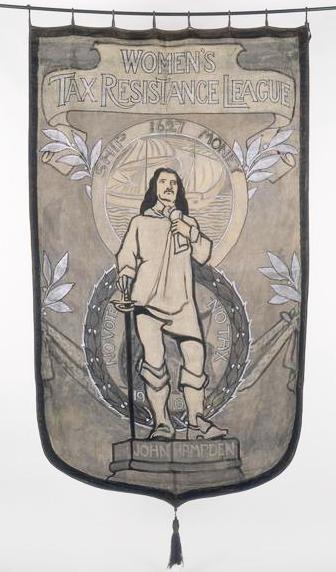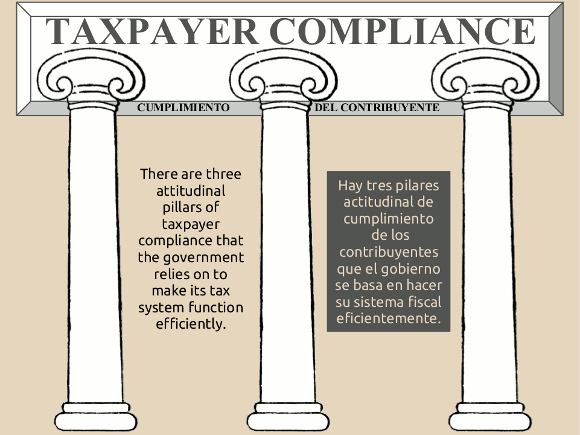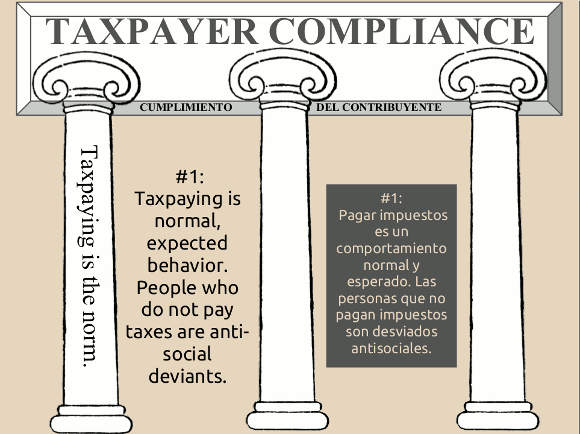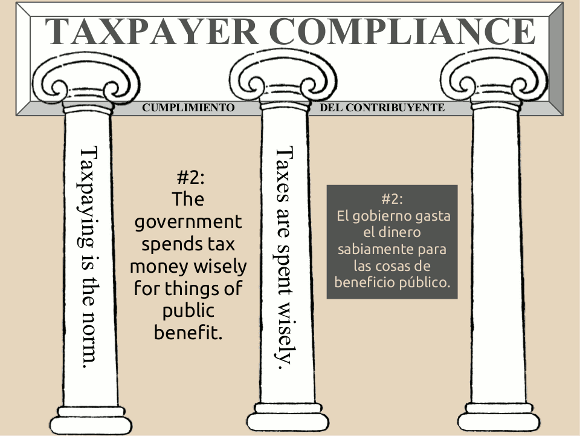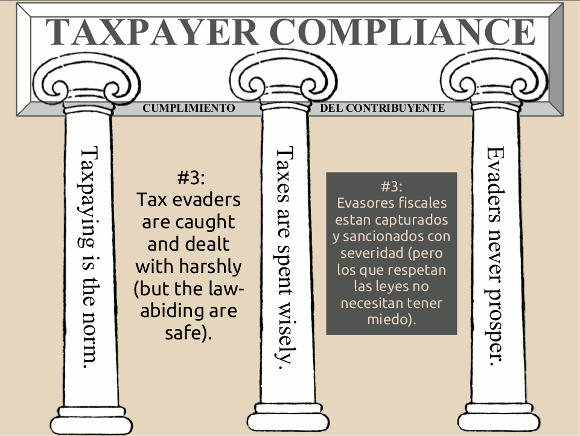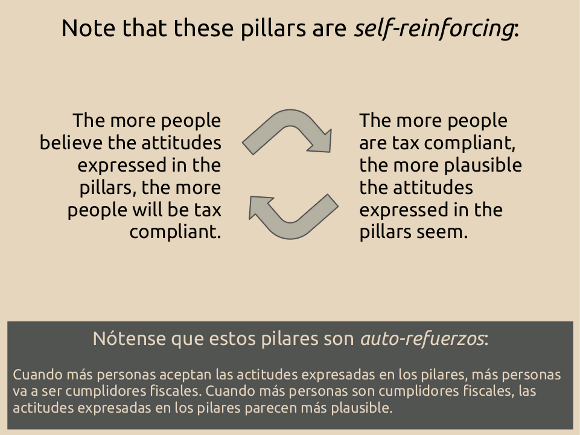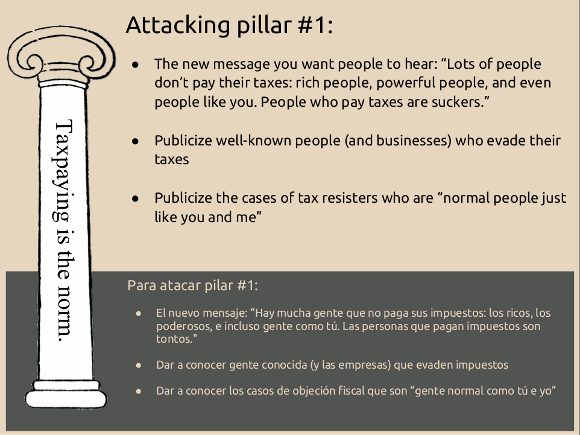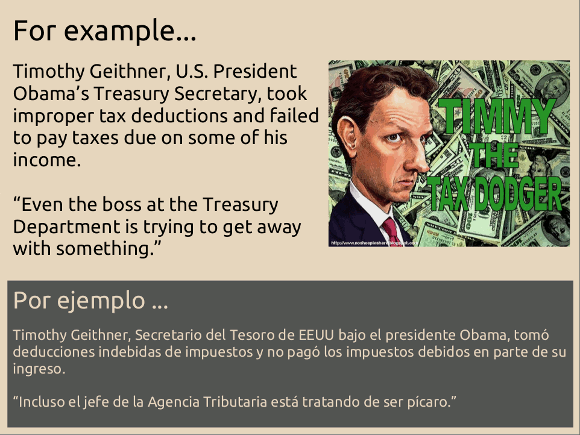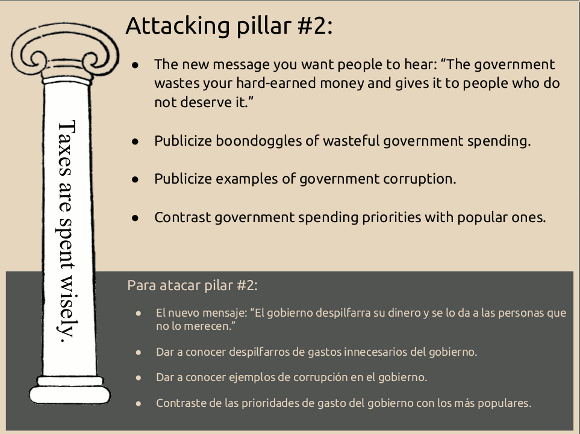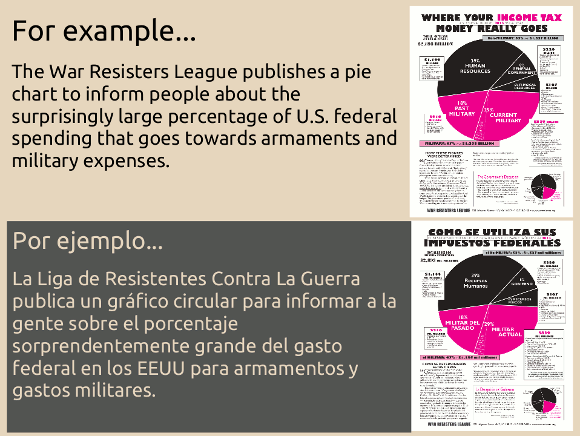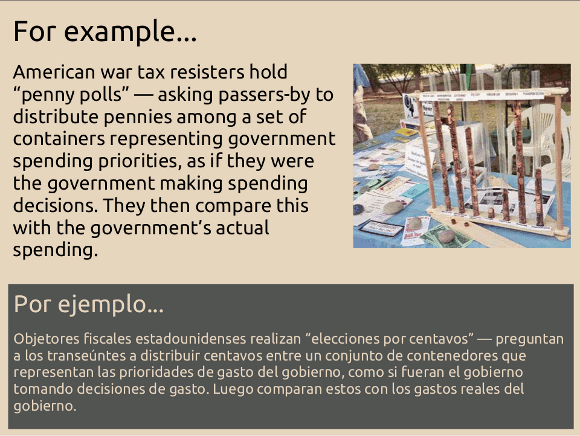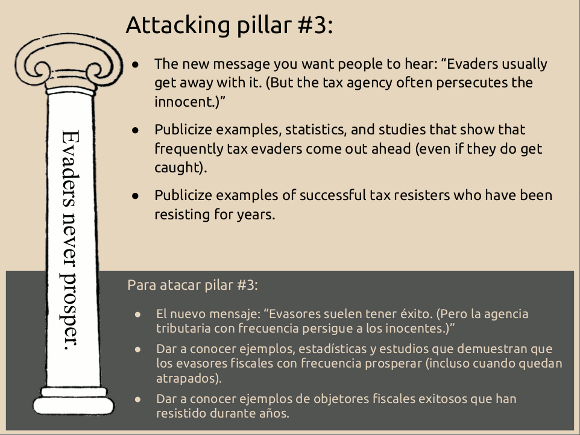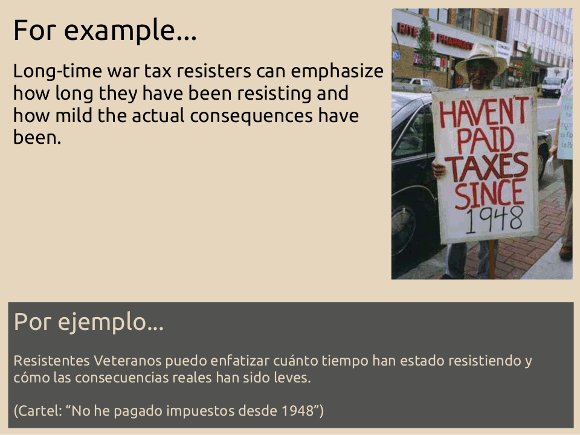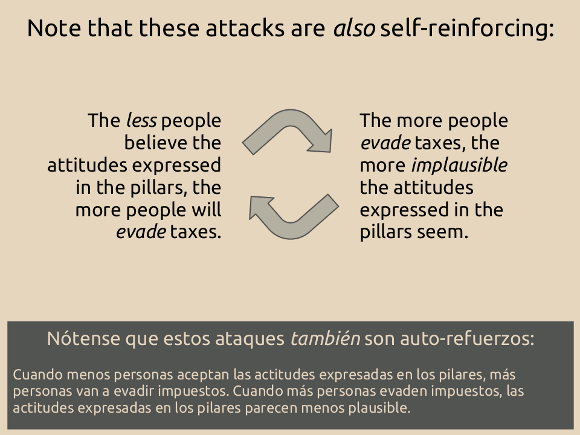Dora Montefiore wrote a book, From a Victorian to a Modern (1927), a chapter of which she devoted to her tax resistance and the “Siege of Montefiore” in which she held off the tax collector for several weeks:
“Women Must Vote for the Laws They Obey and the Taxes They Pay”
I had already, during the Boer War, refused willingly to pay income tax, because payment of such tax went towards financing a war in the making of which I had had no voice.
In a bailiff had been put in my house, a levy of my goods had been made, and they had been sold at public auction in Hammersmith.
The result as far as publicity was concerned was half a dozen lines in the corner of some daily newspapers, stating the fact that Mrs. Montefiore’s goods had been distrained and sold for payment of income tax; and there the matter ended.
When talking this over in with Theresa Billington and Annie Kenney, I told them that now we had the organisation of the W.S.P.U. to back me up I would, if it were thought advisable, not only refuse to pay income tax, but would shut and bar my doors and keep out the bailiff, so as to give the demonstration more publicity and thus help to educate public opinion about the fight for the political emancipation of women which was going on.
They agreed that if I would do my share of passive resistance they would hold daily demonstrations outside the house as long as the bailiff was excluded and do all in their power outside to make the sacrifice I was making of value to the cause.
In , therefore, when the authorities sent for the third time to distrain on my goods in order to take what was required for income tax, I, aided by my maid, who was a keen suffragist, closed and barred my doors and gates on the bailiff who had appeared outside the gate of my house in Upper Mall, Hammersmith, and what was known as the “siege” of my house began.
As is well known, bailiffs are only allowed to enter through the ordinary doors.
They may not climb in at a window and at certain hours they may not even attempt an entrance.
These hours are from sunset to sunrise, and from sunset on Saturday evening till sunrise on Monday morning.
During these hours the besieged resister to income tax can rest in peace.
From the day of this simple act of closing my door against the bailiff, an extraordinary change came over the publicity department of daily and weekly journalism towards this demonstration of passive resistance on my part.
The tradespeople of the neighbourhood were absolutely loyal to us besieged women, delivering their milk and bread, etc., over the rather high garden wall which divided the small front gardens of Upper Mall from the terraced roadway fronting the river.
The weekly wash arrived in the same way and the postman day by day delivered very encouraging budgets of correspondence, so that practically we suffered very little inconvenience, and as we had a small garden at the back we were able to obtain fresh air.
On the morning following the inauguration of the siege, Annie Kenney and Theresa Billington, with other members of the W.S.P.U., came round to see how we were getting on and to encourage our resistance.
They were still chatting from the pavement outside, while I stood on the steps of No. 32 Upper Mall, when there crept round from all sides men with notebooks and men with cameras, and the publicity stunt began.
These men had been watching furtively the coming and going of postmen and tradesmen.
Now they posted themselves in front, questioning the suffragists outside and asking for news of us inside.
They had come to make a “story” and they did not intend to leave until they had got their “story.”
One of them returned soon with a loaf of bread and asked Annie Kenney to hand it up over the wall to my housekeeper, whilst the army of men with cameras “snapped” the incident.
Some of them wanted to climb over the wall so as to be able to boast in their descriptions that they had been inside what they pleased to call “The Fort”; but the policeman outside (there was a policeman on duty outside during all the six weeks of a siege) warned them that they must not do this so we were relieved, in this respect, from the too close attention of eager pressmen.
But all through the morning notebooks and cameras came and went, and at one time my housekeeper and I counted no less than twenty-two pressmen outside the house.
A woman sympathiser in the neighbourhood brought during the course of the morning, a pot of home-made marmalade, as the story had got abroad that we had no provisions and had difficulty in obtaining food.
This was never the case as I am a good housekeeper and have always kept a store cupboard, but we accepted with thanks the pot of marmalade because the intentions of the giver were so excellent; but this incident was also watched and reported by the Press.
Annie Kenney and Theresa Billington had really come round to make arrangements for a demonstration on the part of militant women that afternoon and evening in front of the house, so at an opportune moment, when the Press were lunching, the front gate was unbarred and they slipped in.
The feeling in the neighbourhood towards my act of passive resistance was so excellent and the publicity being given by the Press in the evening papers was so valuable that we decided to make the Hammersmith “Fort” for the time being the centre of the W.S.P.U. activities, and daily demonstrations were arranged for and eventually carried out.
The road in front of the house was not a thoroughfare, as a few doors further down past the late Mr. William Morris’s home of “Kelmscott,” at the house of Mr. and Mrs. Cobden-Sanderson, there occurred one of those quaint alley-ways guarded by iron posts, which one finds constantly on the borders of the Thames and in old seaside villages.
The roadway was, therefore, ideal for the holding of a meeting, as no blocking of traffic could take place, and day in, day out the principles for which suffragists were standing we expounded to many who before had never even heard of the words Woman Suffrage.
At the evening demonstrations rows of lamps were hung along the top of the wall and against the house, the members of the W.S.P.U. speaking from the steps of the house, while I spoke from one of the upstairs windows.
On the little terrace of the front garden hung during the whole time of the siege a red banner with the letters painted in white:
“Women should vote for the laws they obey and the taxes they pay.”
This banner appeared later on during our fight, so it has a little history quite of its own.
The members of the I.L.P., of which there was a good branch in Hammersmith, were very helpful, both as speakers and organisers during these meetings, but the Members of the Social Democratic Federation, of which I was a member, were very scornful because they said we should have been asking at that moment for Adult Suffrage and not Votes for Women; but although I have always been a staunch adult suffragist, I felt that at that moment the question of the enfranchisement of women was paramount, as we had to educate the public in our demands and in the reasons for our demands, and as we found that with many people the words “Adult Suffrage” connoted only manhood suffrage, our urgent duty was at that moment to gain Press publicity up and down the country and to popularise the idea of the political enfranchisement of women.
So the siege wore on; Press notices describing it being sent to me not only from the United Kingdom, but from Continental and American newspapers, and though the garbled accounts of what I was doing and what our organisation stood for often made us laugh when we read them, still there was plenty of earnest and useful understanding in many articles, while shoals of letters came to me, a few sadly vulgar and revolting, but the majority helpful and encouraging.
Some Lancashire lads who had heard me speaking in the Midlands wrote and said that if I wanted help they would come with their clogs but that was never the sort of support I needed, and though I thanked them, I declined the help as nicely as I could.
Many Members of Parliament wrote and told me in effect that mine was the most logical demonstration that had so far been made; and it was logical I know as far as income tax paying women were concerned; and I explained in all my speeches and writings that though it looked as if I were only asking for Suffrage for Women on a property qualification, I was doing this because the mass of non-qualified women could not demonstrate in the same way, and I was to that extent their spokeswoman.
It was the crude fact of women’s political disability that had to be forced on an ignorant and indifferent public, and it was not for any particular Bill or Measure or restriction that I was putting myself to this loss and inconvenience by refusing year after year to pay income tax, until forced to do so by the powers behind the Law.
The working women from the East End came, time and again, to demonstrate in front of my barricaded house and understood this point and never swerved in their allegiance to our organisation; in fact, it was during these periods and succeeding years of work among the people that I realised more and more the splendid character and “stuff” that is to be found among the British working class.
They are close to the realities of life, they are in daily danger of the serious hurts of life, unemployment, homelessness, poverty in its grimmest form, and constant misunderstanding by the privileged classes, yet they are mostly light-hearted and happy in small and cheap pleasures, always ready to help one another with lending money or apparel, great lovers of children, great lovers when they have an opportunity, of real beauty.
Yet they are absolutely “unprivileged,” being herded in the “Ghetto” of the East End, and working and living under conditions of which most women in the West End have no idea; and I feel bound to put it on record that though I have never regretted, in fact, I have looked back on the years spent in the work of Woman Suffrage as privileged years, yet I feel very deeply that as far as those East End women are concerned, their housing and living conditions are no better now than when we began our work.
The Parliamentary representation we struggled for has not been able to solve the Social Question, and until that is solved the still “unprivileged” voters can have no redress for the shameful conditions under which they are compelled to work and live.
I also have to record with sorrow that though some amelioration in the position of the married mother towards her child or children has been granted by law, the husband is still the only parent in law, and he can use that position if he chooses, to tyrannise over the wife.
He must, however, appoint her as one of the guardians of his children after his death.
, the time was approaching when, according to information brought in from outside the Crown had the power to break open my front door and seize my goods for distraint.
I consulted with friends and we agreed that as this was a case of passive resistance, nothing could be done when that crisis came but allow the goods to be distrained without using violence on our part.
When, therefore, at the end of those weeks the bailiff carried out his duties, he again moved what he considered sufficient goods to cover the debt and the sale was once again carried out at auction rooms in Hammersmith.
A large number of sympathisers were present, but the force of twenty-two police which the Government considered necessary to protect the auctioneer during the proceedings was never required, because again we agreed that it was useless to resist force majeure when it came to technical violence on the part of the authorities.
Some extracts from interviews and Press cuttings of the period will illustrate what was the general feeling of the public towards the protest I was making under the auspices of the W.S.P.U.
The representative of the Kensington News, who interviewed me during the course of the siege, wrote thus:—
Independent alike in principles and politics, it is the policy of the Kensington News to extend to both sides of current questions a fair consideration.
Accordingly our representative on Tuesday last attended at the residence of Mrs. Montefiore, who is resisting the siege of the tax collector, as a protest against taxation without representation.
On Hammersmith Mall, within a stone’s throw of the house wherein Thomson wrote “The Seasons”; of Kelmscott House, the home of William Morris, and within the shadow of those glorious elms planted by Henrietta Maria, the consort of Charles Ⅰ, a bright red banner floats in front of a dull red house, inscribed: “Women should vote for the laws they obey and the taxes they pay”….
Certainly as mild a mannered a demonstrator as ever displayed a red banner, refined of voice and manner, Mrs. Montefiore, who is a widow, would be recognised at once as a gentlewoman.
We were received with charming courtesy, and seated in the dining-room proceeded with our work of catechising.
Primarily we elicited that Mrs. Montefiore resented the term suffragette.
“It emanated, I believe from the Daily Mail, but is entirely meaningless.
The term ‘suffragist’ is English and understandable.
What I object to most strenuously is the attempt of certain sections of the Press to turn to ridicule what is an honest protest against what we regard as a serious wrong.”
“So far, what has happened?”
“The tax collector has been, with the sheriff, and I have refused them admittance, barred my doors, and hung up the banner you saw outside.”
Then questioned as to the reason for her action, Mrs. Montefiore explained:
“I am resisting payment of, not rates, but the Imperial taxes.
I pay my rates willingly and cheerfully, because I possess my municipal vote.
I can vote for the Borough and County Councils, and on the election of Guardians.
I want you to understand this; my income is derived mainly from property in Australia, where for many years I resided.
It is taxed over there, and again in this country.
I never objected to paying taxes in Australia, because there women have votes both for the State Parliament and for the Commonwealth.
There women are not disqualified from sitting in the Commonwealth Parliament.
One lady at the last election, although unsuccessful, polled over 20,000 votes.”
“You were not one of the ladies who created a disturbance behind the House of Commons grille?”
“No.
I was, however, one of the deputation to Sir Henry Campbell-Bannerman, and I listened to his very unsatisfactory answers.
This action of mine is the rejoinder to Sir Henry’s reply.
He said we must educate Parliament — so we thought we would, in my active resistance, give Parliament an object lesson.
Remember, it was the first Reform Bill that definitely excluded women from the franchise.
Prior to that Bill they possessed votes as burgesses and owners of property.
We only seek restitution.
After the Reform Bill certain women in Manchester actually tested their right to be registered as voters, and the judges decided against them.
Mr. Keir Hardie, who is our champion, deals with this in his pamphlet.”
“You are selecting certain candidates to further your cause in Parliament,” we suggested.
“Certainly,” was the reply.
“The women employed in the textile factories at Wigan ran a candidate of their own at the last election, and I addressed vast meetings at every street corner at Wigan.
I have received many messages of sympathy and encouragement from the women and the men in Wigan.”
“Have you taken Counsel’s opinion on your resisting action?”
“No, I am relying on the justice of my cause.”
“What is the next step you anticipate?”
“I believe their next weapon is a break warrant.
I have had my furniture distrained on and sold twice already in this cause.
Of course, I am only a woman.
I know the law, as it stands, is stronger than I, and I suppose in the long run I shall have to yield to force majeure, but I shall fight as long as I am able.
Only,” the lady added with a plaintiveness that might have appealed to the most implacable anti-Woman Suffragist, “one would have thought that men would have been more chivalrous, and would not force us to fight in this way to the bitter end for the removal of the sex disability.”
“Do you look for assistance from any, and which, political party?”
we asked.
Mrs. Montefiore shook her head.
“Our only policy is to play off one, against the other.
I am a humble disciple of Mrs. Wolstenholme Elmy, who, now 73 years of age, has for 41 years been a worker in the woman’s cause.
She has witnessed fourteen Parliaments, but has never seen a Cabinet so inimical to Woman’s Suffrage as the present.
Every time the franchise is extended the women’s cause goes back; her hopes are far less now with seven millions on the register than they were with half a million.
Gladstone was the worst enemy woman’s suffrage ever had.”
In conclusion Mrs. Montefiore said: “We claim that the word ‘person’ in Acts of Parliament connected with voting should include women.
We believe that action goes further than words.
I am taking this action to bring our cause before the public.”
Without committing ourselves on the question of the cause itself, we could not resist expressing the hope that the lady’s devotion to it had not entailed hardship or suffering.
She smiled bravely, and said: “I have received much sympathy and encouragement, and many kindnesses.”
We ventured one more question: “Are you downhearted?”
The answer was a smiling “No!” and we left Mrs. Montefiore’s residence impressed at any rate with the sincerity of her belief in, and her devotion to, the cause she has espoused.
The Labour Leader of , had the following:—
“No taxation without representation” is one of the cardinal doctrines of the British Constitution.
But like many other ideas of British liberty it exists more on paper than in reality.
It has been left for the modern generation of suffragettes to point out that one whole sex subject to all the taxes which are imposed, has yet absolutely no representation on the body which determines and passes those taxes.
The siege of “Fort Montefiore” is the tangible expression of this protest.
On two previous occasions Mrs. Montefiore has had her goods seized for refusing to pay income tax.
she determined upon more militant tactics.
Some eight or nine weeks ago she was called upon for the income tax.
As she persisted in her refusal to pay, a bailiff was summoned.
Mrs. Montefiore’s reply was to bolt and bar her house against the intruder, and to display a red flag over her summerhouse, with the inscription: “Women should vote for the laws they obey and the taxes they pay.”
Fort Suffragette, as Mrs. Montefiore’s house may be called, is an ideal place, in which to defy an income-tax collector; and a few determined women could hold it against an army from the Inland Revenue Department.
It is a substantial three-storeyed villa in a narrow road (Upper Mall, Hammersmith).
A few feet from the front the Thames flows by; and the house is guarded by a high wall, the only access being through a stoutly built arched doorway.
The “siege” began on , and up to the present the bailiff has not succeeded in forcing an entry.
Meanwhile, important demonstrations have taken place outside, and the crowd has been addressed by various speakers, including Mrs. Montefiore, who has spoken from an upper window of her house.
On one of these occasions Mrs. Montefiore alluded to the Prime Minister’s reply to the recent deputation on Women’s Suffrage, in which he advised them “to educate Parliament.”
She was giving Parliament an object lesson.
“They had had enough abstract teaching,” she said, “now a little concrete teaching may do them good, and they will see that there are women in England who feel their disability so keenly that they will stop at nothing, and put themselves to every inconvenience and trouble in order to show the world and the Men of England what their position is, and how keenly they feel it”… A resolution was carried declaring that taxation without representation was tyranny, thanking Mrs. Montefiore for her stand, and calling upon the Government to enfranchise women this session.
Susan B. Anthony was one of my dear and valued friends in the suffrage movement, and I received from New York the following interesting communication with cordial wishes for the success of my protest:—
Appeal made yearly by Susan. B. Anthony to the City Treasurer, Rochester, New York, When paying her property tax.
To THE CITY TREASURER, ROCHESTER, N.Y.
Enclosed please find cheque for tax on my property for , with a protest in the name of ten thousand other tax-paying women in the City of Rochester, who are deemed fully capable, intellectually, morally and physically of earning money, and contributing their full share towards the expenses of the Government, but totally incapable of deciding as to the proper expenditure of such money. Please let the record show as “paid under protest.”
Yours for justice to each and every person of this Republic.
MARY S. ANTHONY.TO THE COUNTY TREASURER.
Enclosed find County tax for . A minor may live to become of age, the illiterate to be educated, the lunatic to regain his reason, the idiot to become intelligent — when each and all can decide what shall be the laws, and who shall enforce them; but the woman, never. I protest against paying taxes to a Government which allows its women to be thus treated. Please so record it.
MARY S. ANTHONY.
